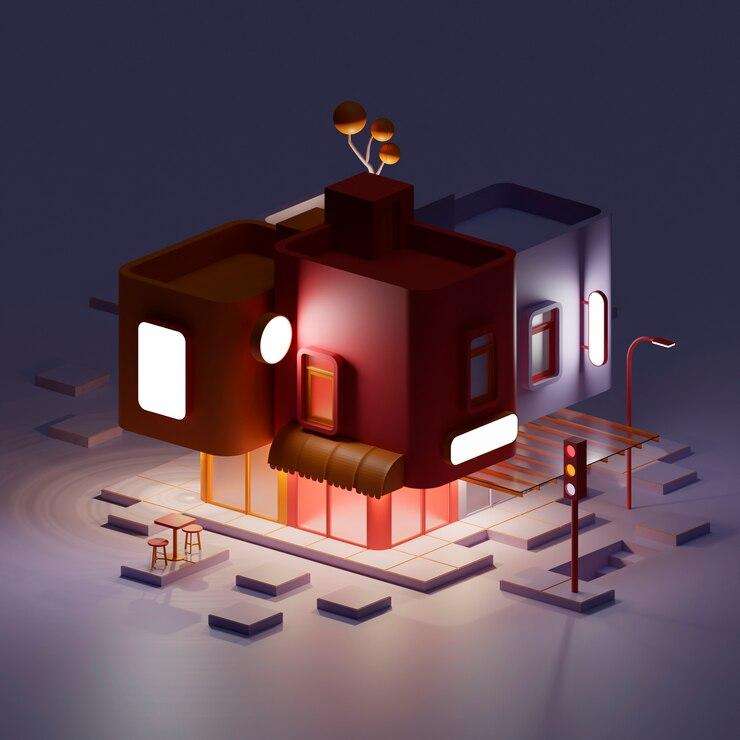Radiators are often unsung heroes in our homes, silently working to keep us warm and comfortable during the chilliest of days. These unassuming devices play a crucial role in the functionality of our heating systems, harnessing the science of heat transfer to radiate warmth throughout our living spaces.
In the realm of home heating solutions, radiators stand as timeless fixtures, seamlessly blending functionality with aesthetics. Among the diverse array of radiators available today, horizontal designer radiators have emerged as a distinctive choice that not only warms your living space but also adds a touch of contemporary elegance. These modern marvels represent a fusion of form and function. In this article, we will delve into the fascinating world of radiators, exploring the working principles of radiators:
The Science of Heat Transfer:
Radiators operate on the fundamental principle of heat transfer. They connect with a central heat source, such as a boiler or furnace, which generates warmth. Within radiators, hot water or steam flows through pipes, heating the metal surface. This heated surface, acting as a secondary heat source, emits radiant heat that warms the surrounding air, similar to the sun’s warmth. Radiators employ two key methods of heat transfer: convection and radiation. Convection involves warm air rising, creating a continuous circulation, while radiation directly warms objects and people. This dynamic interplay efficiently distributes heat throughout your home, making radiators reliable and effective in maintaining comfort during colder months.
How Radiators Produce Heat:
Radiators work their heating magic through a two-step process. First, hot water or steam generated by your central heating system flows through concealed pipes within the radiator. As this hot liquid or steam circulates, it generously shares its warmth with the radiator’s metal surface. Then, like a benevolent sun, this heated metal emits radiant heat, enveloping the surrounding air in comforting warmth. It’s this elegant dance of heat transfer that transforms your living spaces into cosy retreats, ensuring your home remains inviting, even on the chilliest of days.
Convection:
Inside the radiator, hot water or steam circulates through a network of pipes. As the water or steam heats up, it becomes less dense and rises to the top of the radiator. Cooler air from the room is drawn in at the bottom to replace it. This creates a continuous cycle of warm air rising and cool air being drawn in, known as convection currents. Convection currents within the radiator continue as long as there’s a temperature difference between the radiator and the room. The radiator’s design, including the size and shape of its fins or panels, plays a role in how efficiently it transfers heat to the air. Properly balanced convection ensures even heating throughout the space, creating a comfortable and cosy environment for occupants.
Radiation:
Radiators heat homes through convection and radiation. Hot water or steam circulates inside the radiator, causing warm air to rise as cooler air replaces it, creating convection currents. Radiators also emit infrared radiation from their hot surfaces, which heats objects and surfaces in the room directly. This combination of convection and radiation ensures efficient and even heating throughout the space, providing comfort during colder months.
Thermostat and Temperature Control:
Radiators and thermostats make a dynamic duo when it comes to indoor comfort. These intelligent devices are the guardians of cosiness, constantly assessing the room’s temperature. When the thermostat detects a deviation from the set temperature, it springs into action, orchestrating the radiator’s performance. If it’s too cold, the radiator’s heat output increases to restore comfort. Conversely, if the room becomes too warm, the thermostat signals the radiator to dial back its efforts. This dynamic feedback loop ensures that your home remains in the Goldilocks zone of comfort, not too hot, not too cold, but just right. It’s the synergy between radiators and thermostats that allows you to enjoy a climate-controlled paradise within your own four walls.
Efficiency and Maintenance:
To make sure your radiators perform their best, regular upkeep is key. Think of it like taking care of a trusty friend. First, you’ll want to remove any trapped air from the system. It’s like giving it a good breath of fresh air. Next, keep an eye out for any leaks; if you spot a drip, it’s time for some fixing. Lastly, don’t forget to keep the radiator surfaces nice and clean; think of it as giving your radiator a little spa day. All these simple steps help your heating system work better and last longer, keeping your home snug and cosy for years to come.
Modern Radiator Innovations:
In the world of home heating, radiators have stepped into the future with impressive innovations. Recent years have witnessed a revolution in radiator design, resulting in units that not only save energy but also serve as stylish décor elements. These contemporary radiators marry functionality with aesthetics, offering homeowners a double treat. With sleek, eye-catching designs and energy-efficient features, modern radiators elevate the ambience of your living spaces while keeping them wonderfully warm. It’s a delightful blend of form and function that brings a touch of sophistication to your home’s heating system.
Conclusion:
In conclusion, Radiators are essential for home heating, harnessing heat transfer principles to offer warmth and comfort. By grasping their operation and components, we can value their role in crafting a cosy atmosphere during colder seasons. With maintenance and modern innovations, radiators evolve, improving heating efficiency and aesthetics. So, next time you feel that comforting warmth on a chilly day, give a nod to your trusty radiators, the silent heroes in your home.









